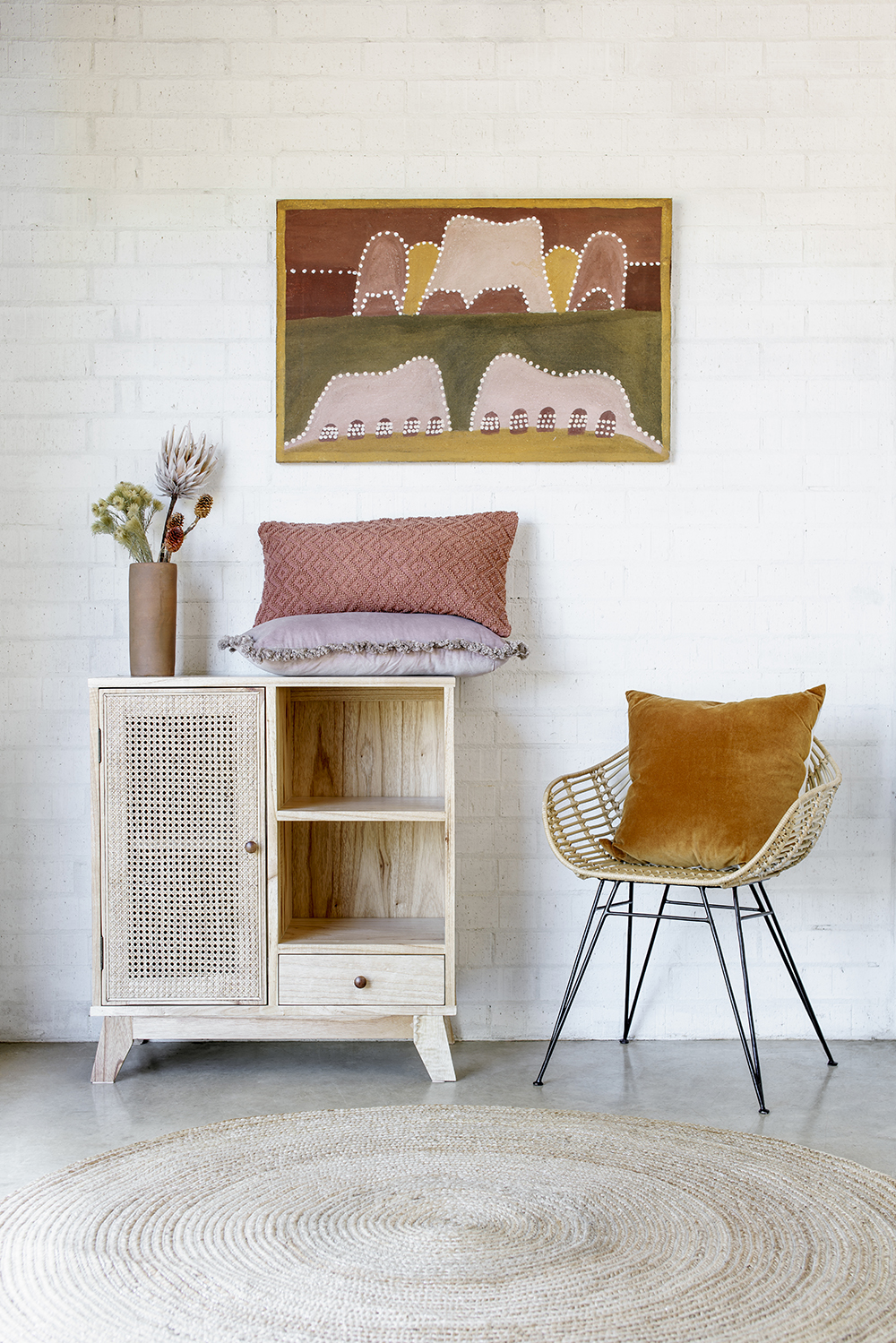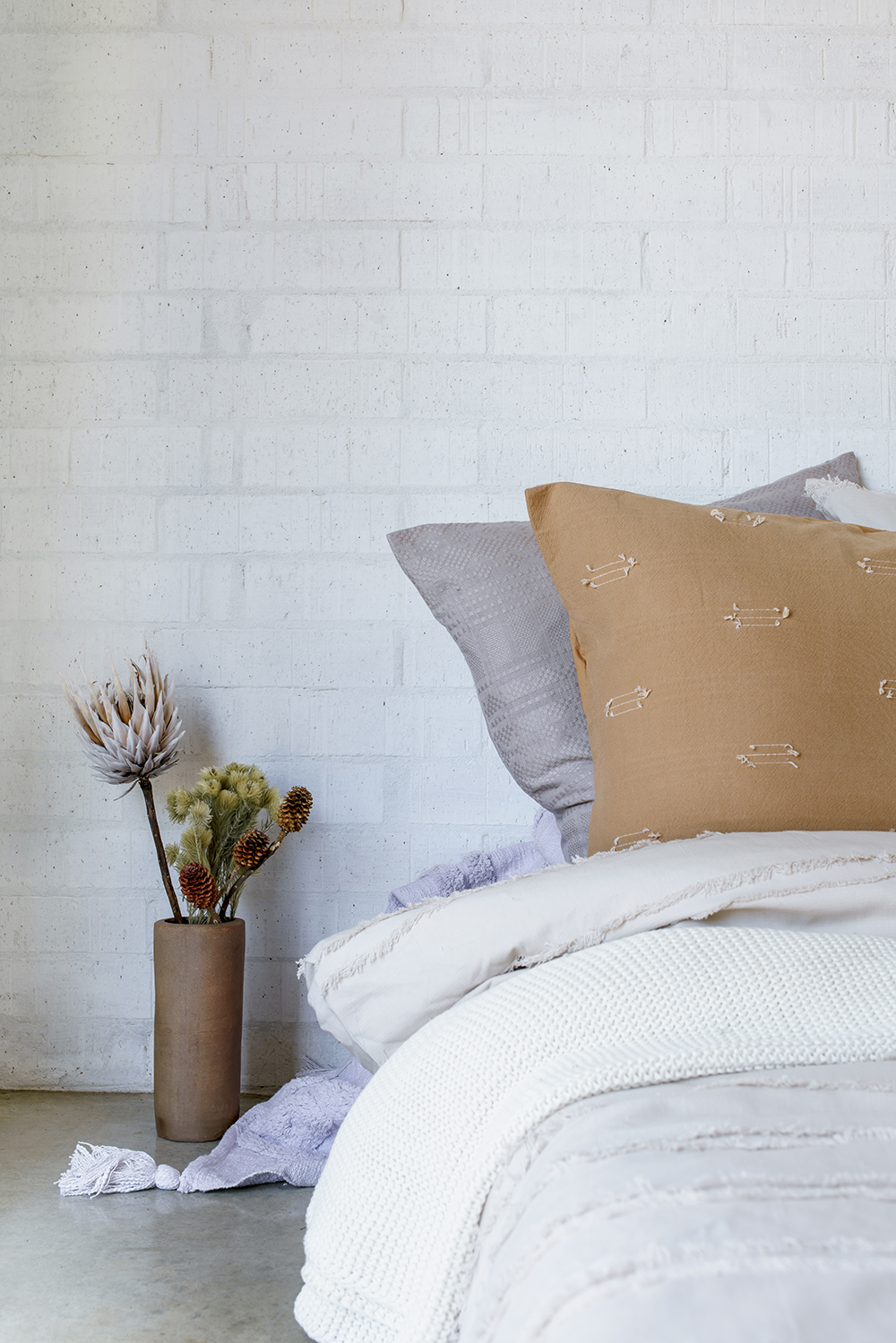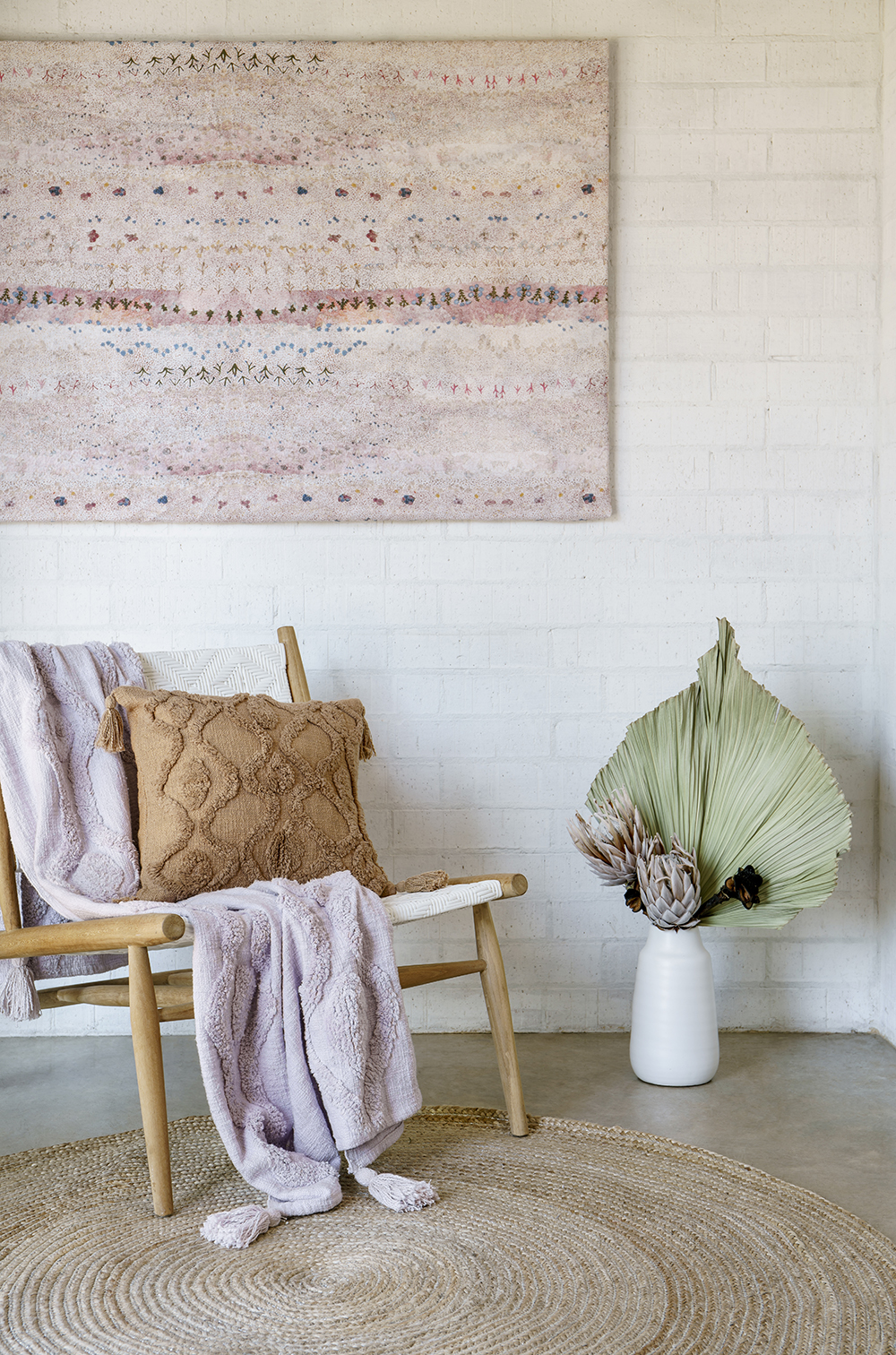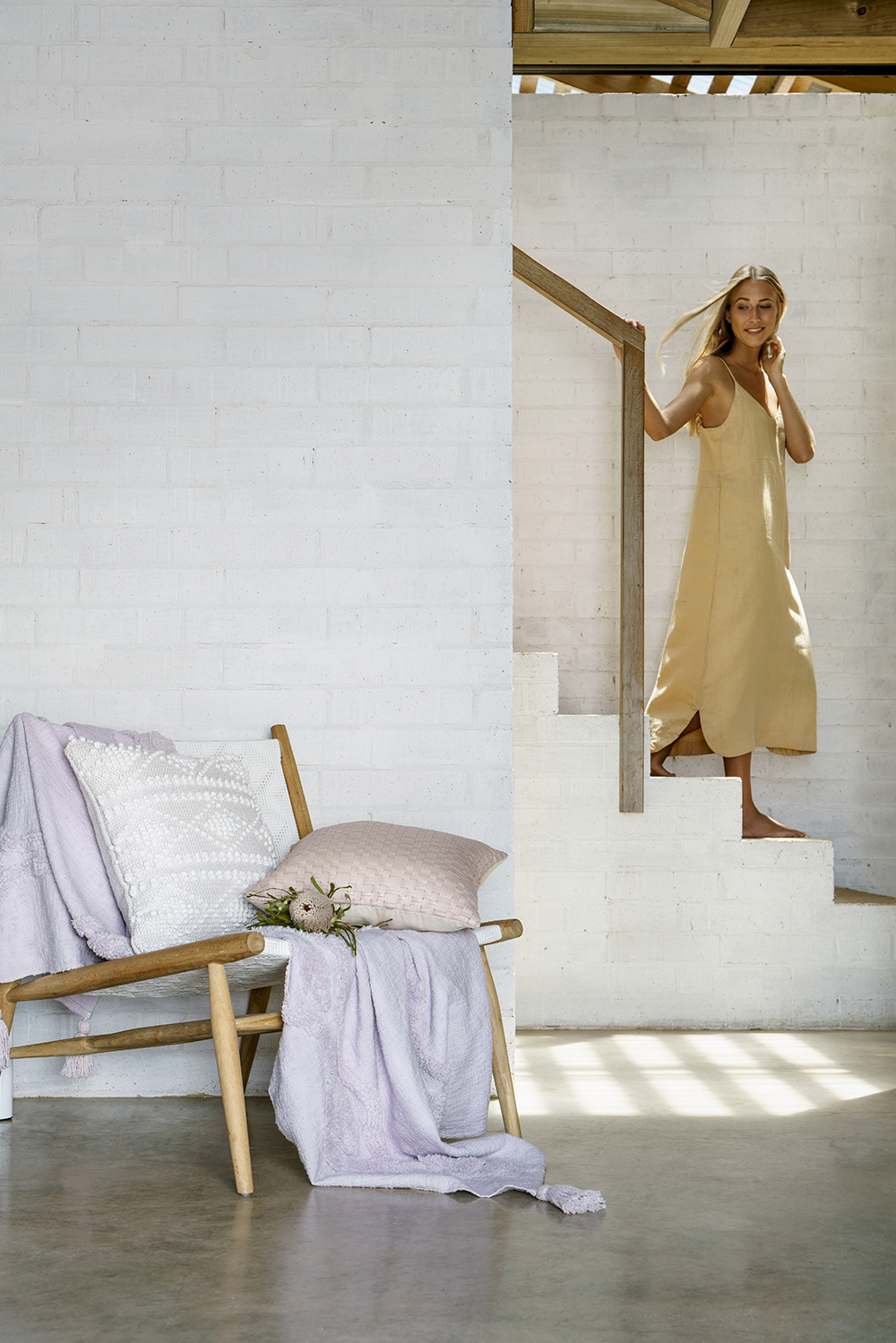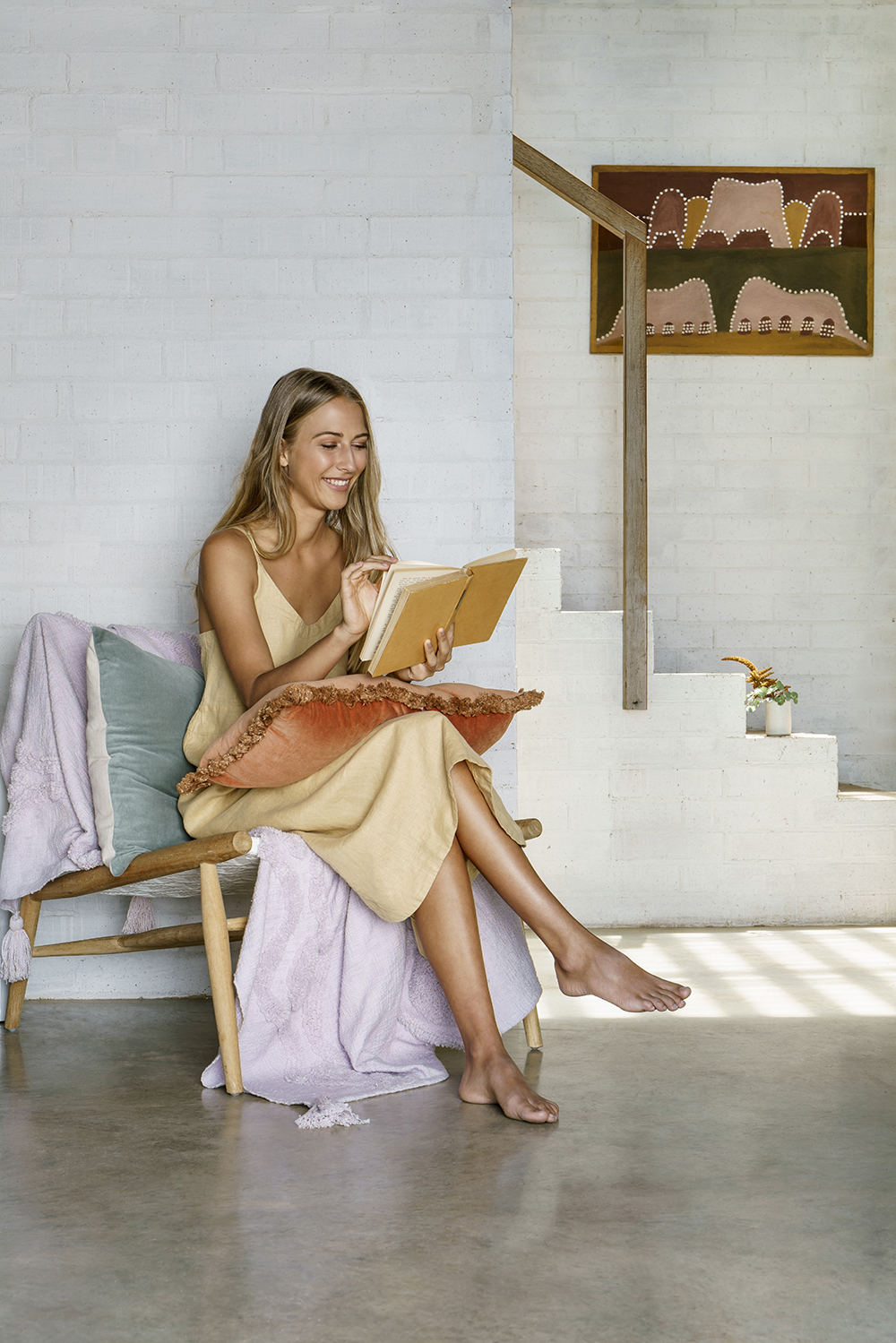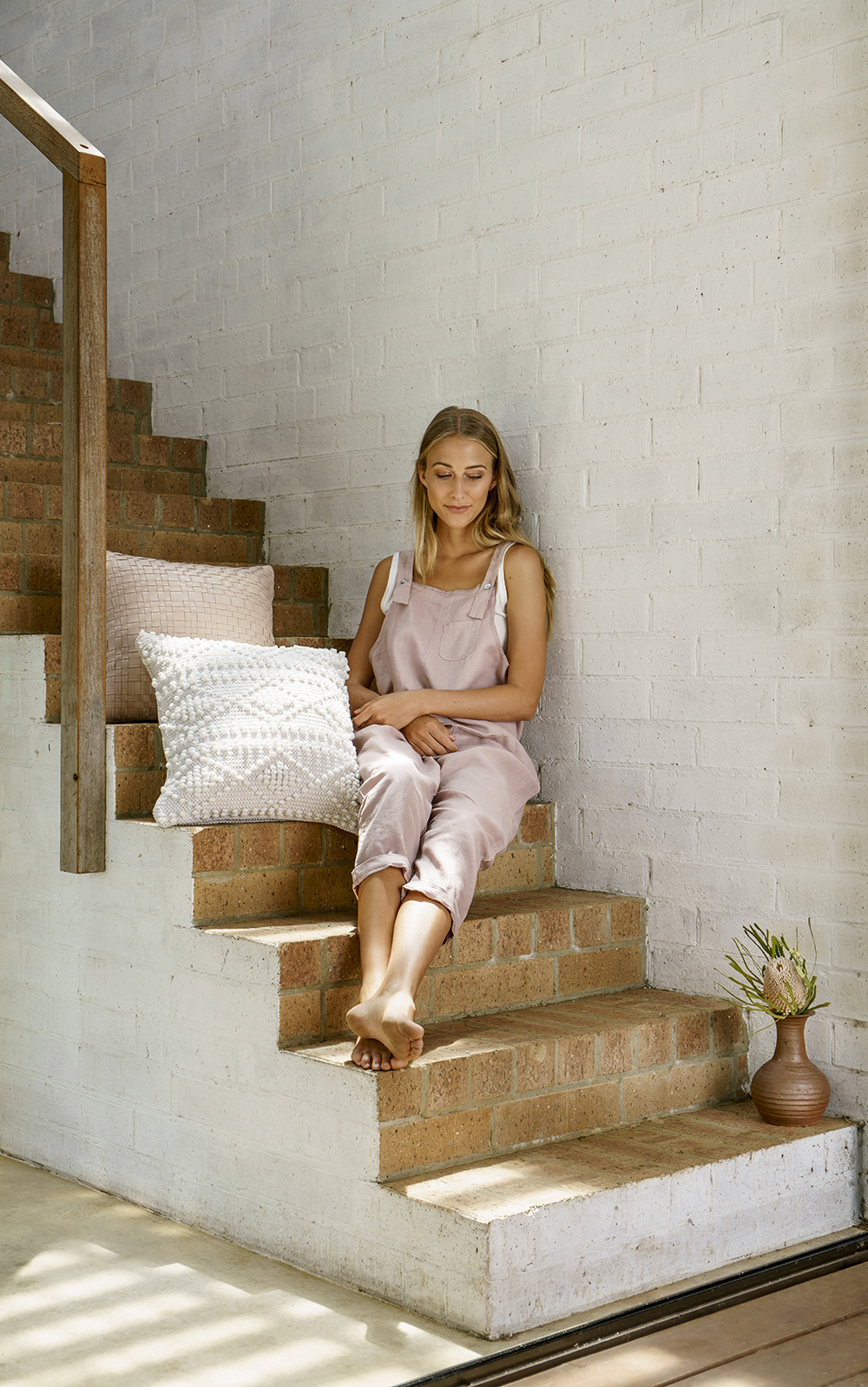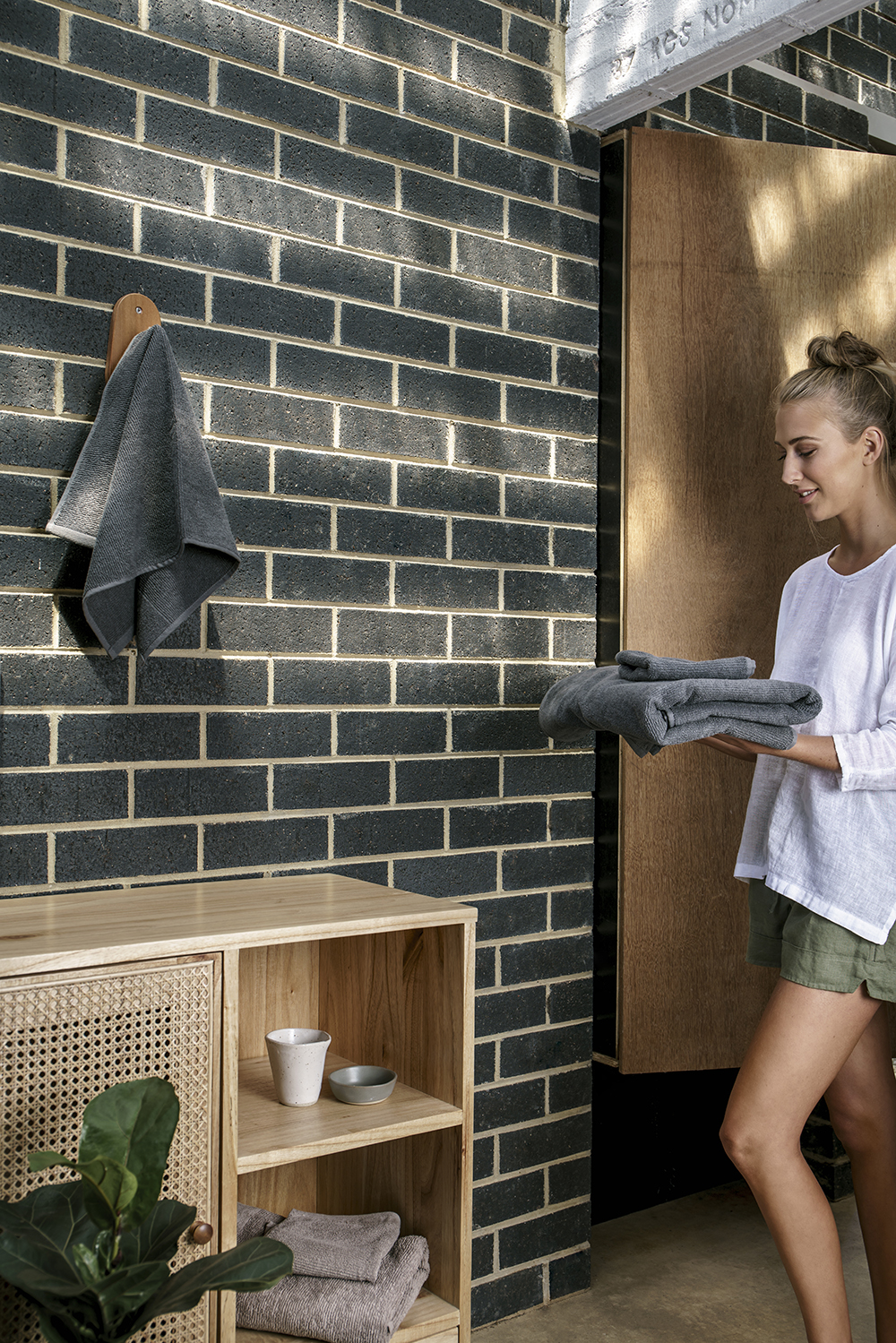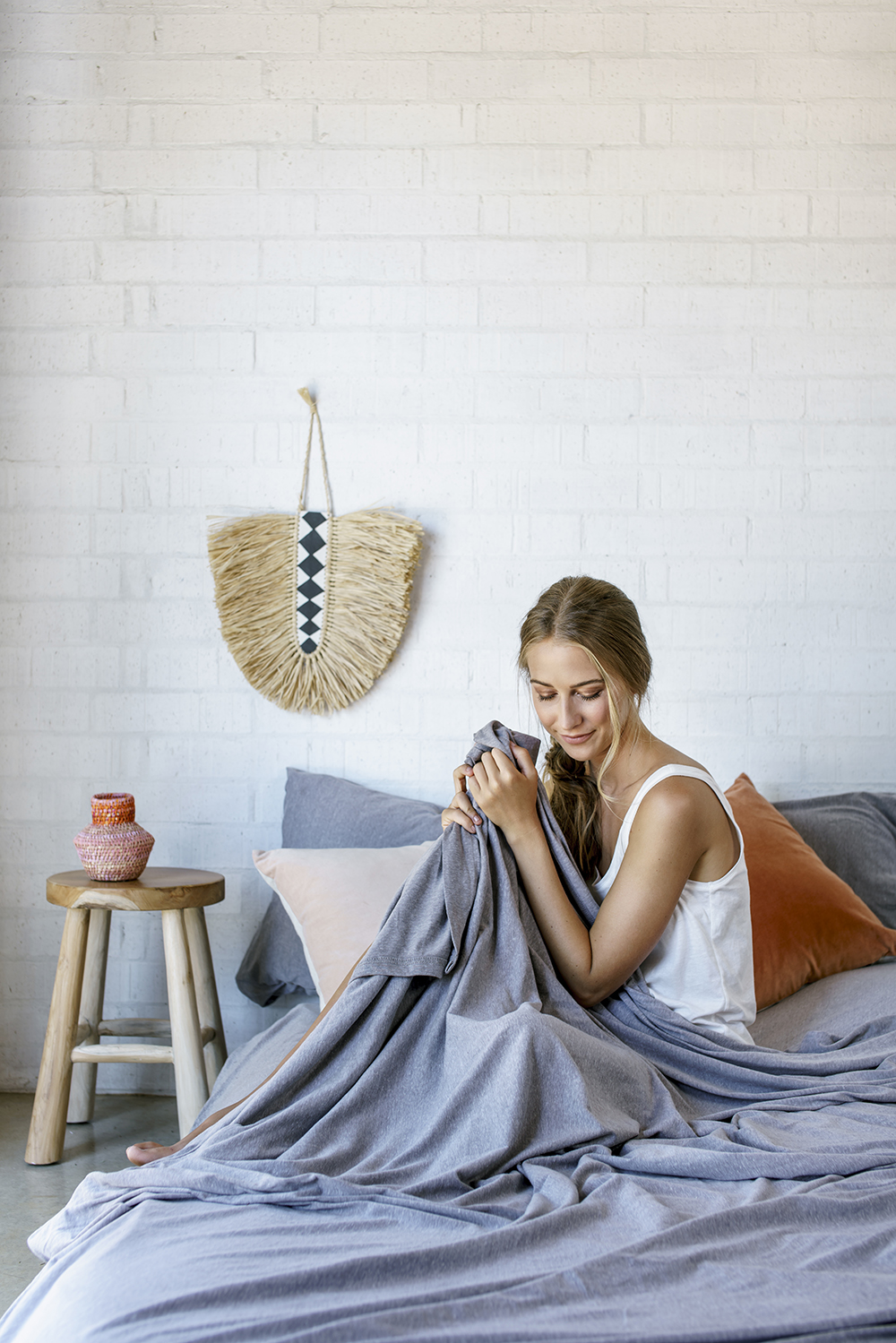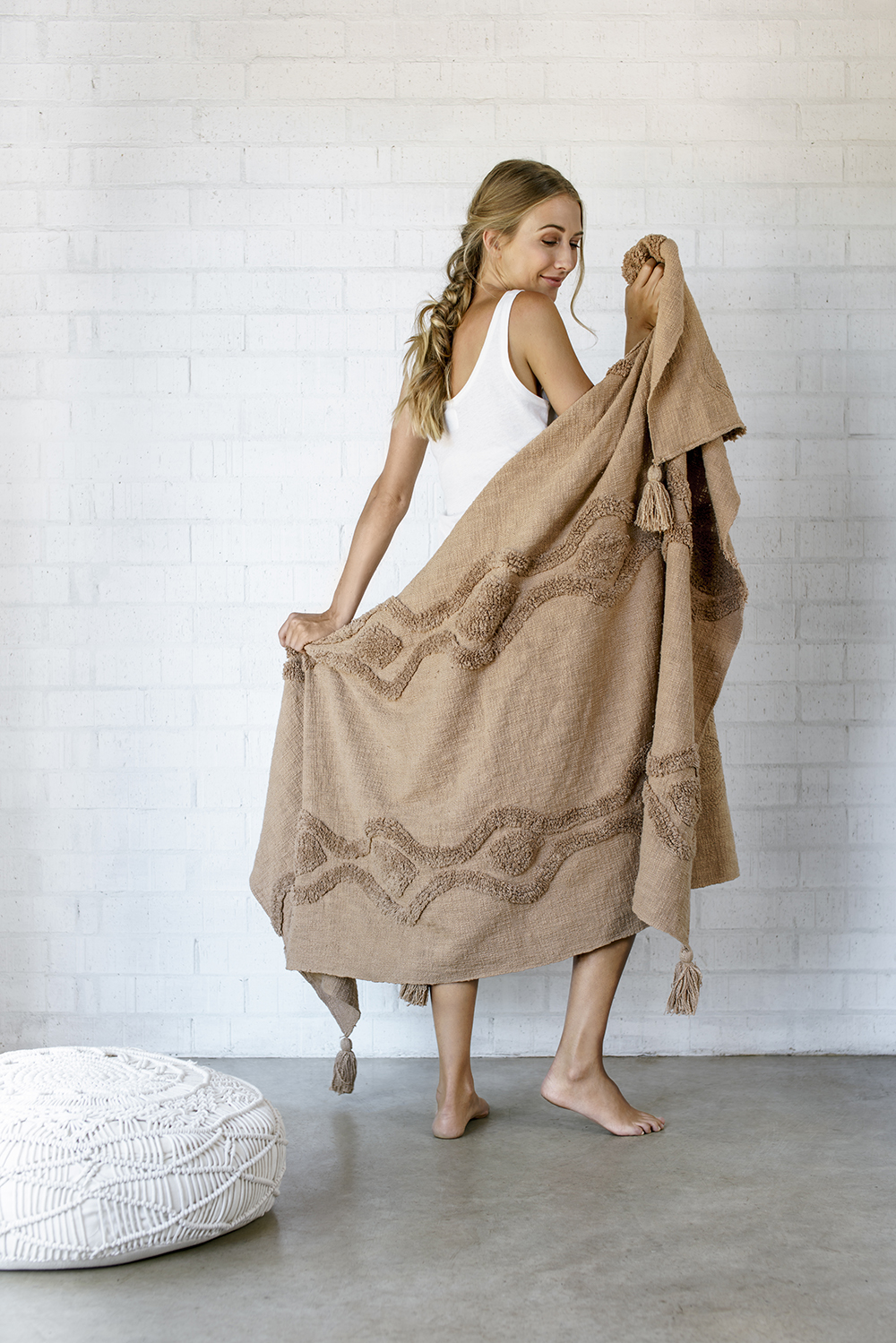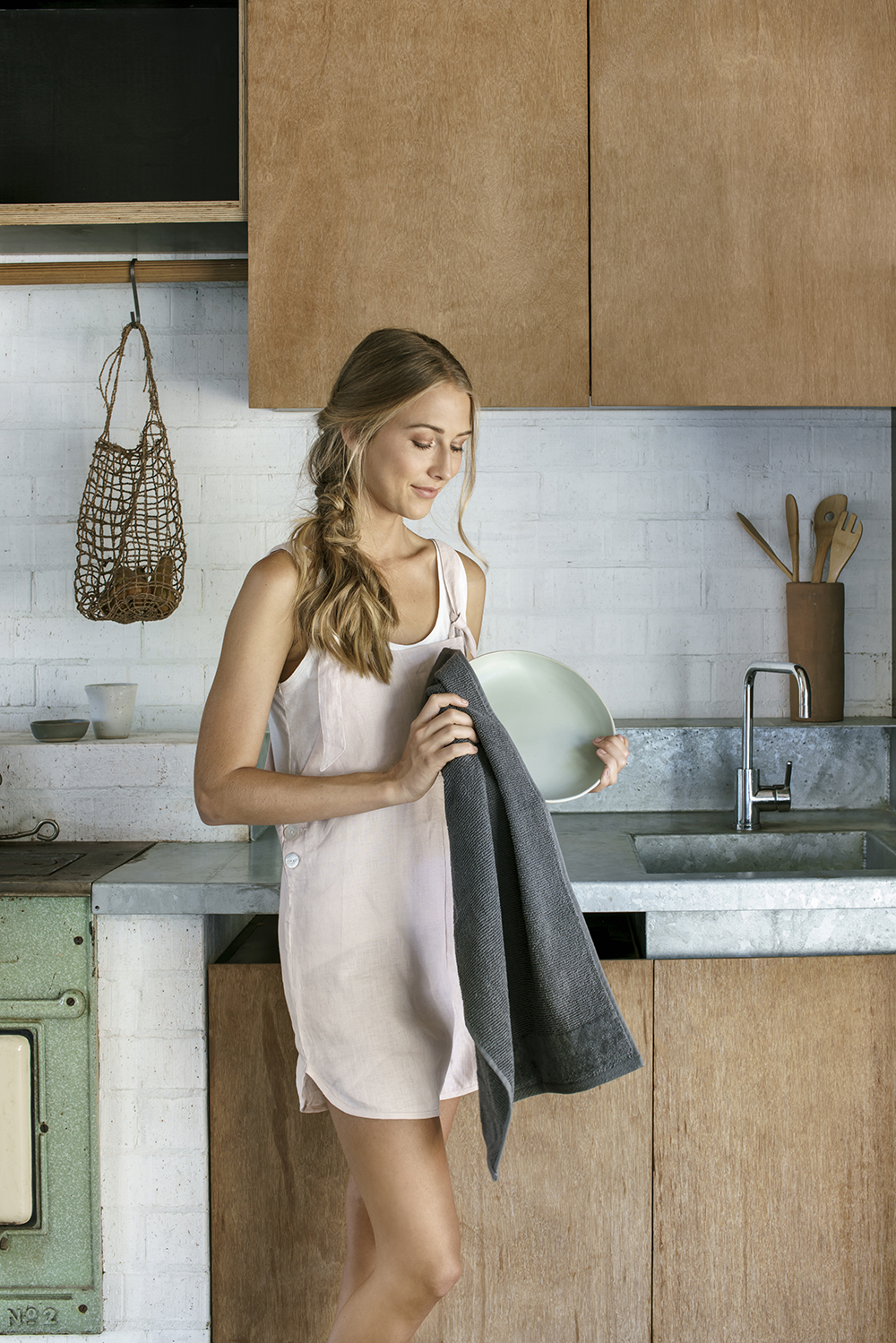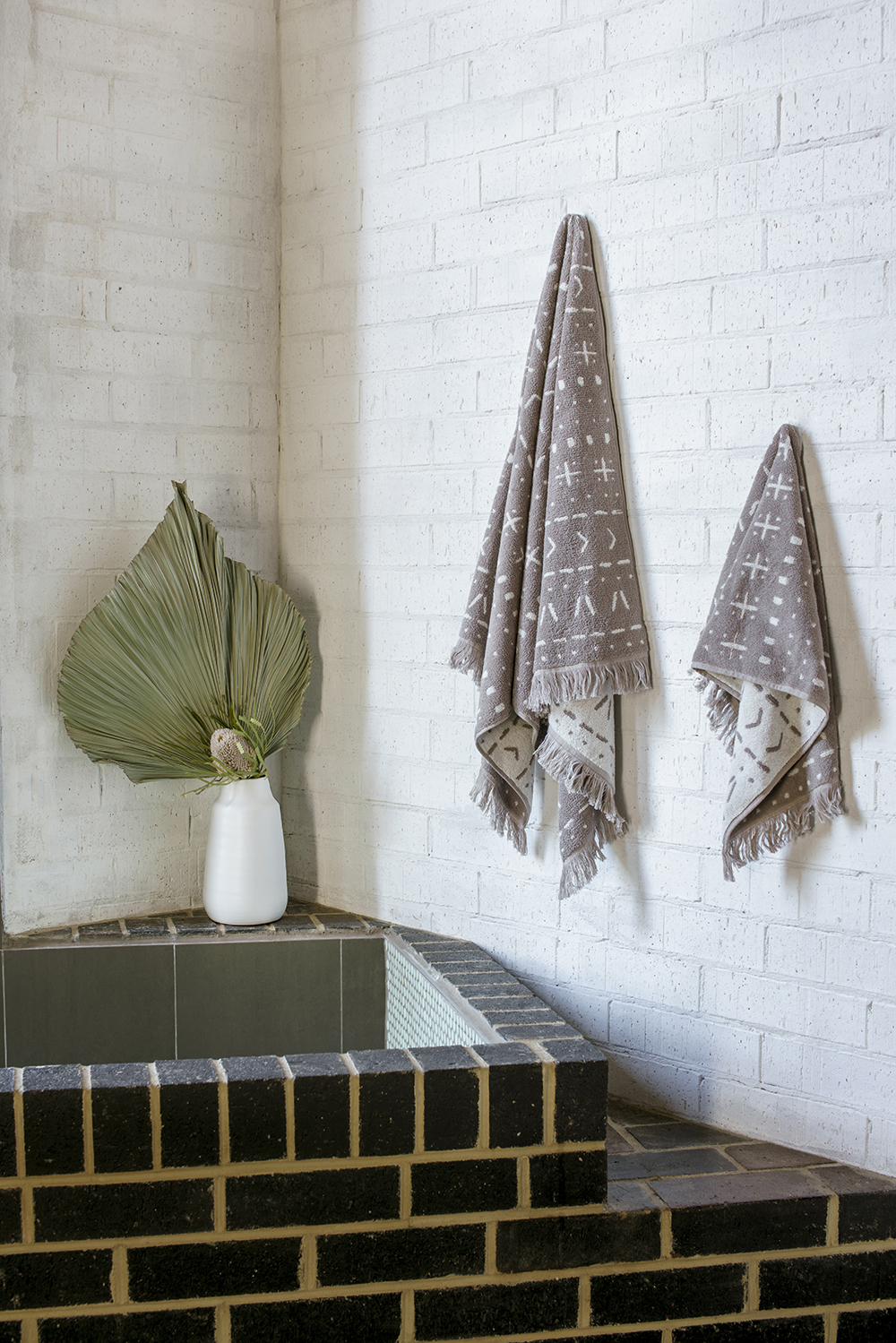Toodyay Shack, Western Australia words by David Weir Architect
Constructed from an evocative palette of brick, timber and steel, and put together in a way that makes you want to touch every element, this is a house that wants you to know that it has been built by hand.
The house is raw, in some ways more reminiscent of a tent or a tree house than the triple-front brick homes of the Perth suburbs.
From the street, this house presents like a traditional cottage; its wide corrugated steel verandah with timber posts fits the image of what you might expect to see in a country town. The house quickly transforms, however, and shows itself to be anything but the expected.
Architect Paul Wakelam of A Workshop has been designing and building homes in Western Australia for nearly 20 years. His work is notable for experimenting with what a traditional WA home is, and all the things it could be.
This house, built for the architect and his family, is at once strange and familiar. It has design DNA that is clear to see for anyone who has spent time in the WA country, but that design has been pushed and stretched, a reinvention of how a Western Australian house should be designed.
It has a lot in common with the classic, place-responsive designs of what we might think of as ‘traditional’ farm houses and beach shacks; designs that consider their place in regards to the sun, the climate and the seasons. Compared to what is now considered a ‘standard’ style of home in WA - the lazy, humdrum brick and tile ‘designs’ that seem to spread endlessly along our coast and up in to our hills - this house is indeed unusual, but only because it reacts to its place instead of ignoring it.
Paul tells of how they located the house on its site: “We would stand on the site and explore how the house could ‘turn the body’ towards the landscape. We wanted to be able to drink in the hillscape across the Avon Valley from as many points as possible.
The arrangement of spaces within makes one pause and consider their function in a way that most homes will not. The centre is the warm core; a kitchen, dining and lounge room with a snuggly nook, dominated by a wood burning stove for heat and an off-form corrugated concrete ceiling to keep it all in. It brings to mind pioneer cottages and cold nights in the bush, while also opening up at either end to wide decks for warm days and cool breezes.
Move out from the centre of the house and the rooms become more open. Spaces and uses overlap, and it is telling that Paul refers to presumed bedrooms as 'sleep/read/play' rooms. Expected functions and movements are reinterpreted when to reach the bathrooms one must exit on to the verandahs around the house. It's a very different way of living.
The configuration plays with the house's thresholds inside is sometimes outside, with corridors and stairs well protected by the souring roof but open to the elements nother-the-less. Taking the stairs to the first floor brings you to a large open-air deck and three small separate rooms around it - a studio, a tea room, and a sleep/read/playroom. Expecting an internal space and instead finding yourself on a covered balcony with views to the hills is a joyful moment.
One can imagine sitting under the roof with friends or family, sharing a drink as the sun goes down before retreating to your individual sleep/read/play room.
The design of this house allows for all kinds of uses, both intended and unimagined. A long, jetty-like deck extends from the house, hanging in the air as the land slopes down towards the river. It is currently used to display a sculpture, yet it also lends itself to being the perfect place to stand with a coffee on a cold winter morning and watch the fog lift in the valley, or for gambolling children to dream up any number of Sunday afternoon games.
The house has a special quality about it; strange and familiar, practical and whimsical. The skilful architecture neatly resolves the function of the house, and having dealt with that, it then proceeds to take you on an adventure.
“Seeing the river flow by from the first floor, experiencing the sunset behind the hill across the river each day, feeling connected to the floodplain’s rich bird life – every day is different and the house lets it all in,” Paul says. Good architecture is never about filling a house with all the trends of the day, but rather allowing for people to fill the place with life and memories. This house has plenty of space for that.

